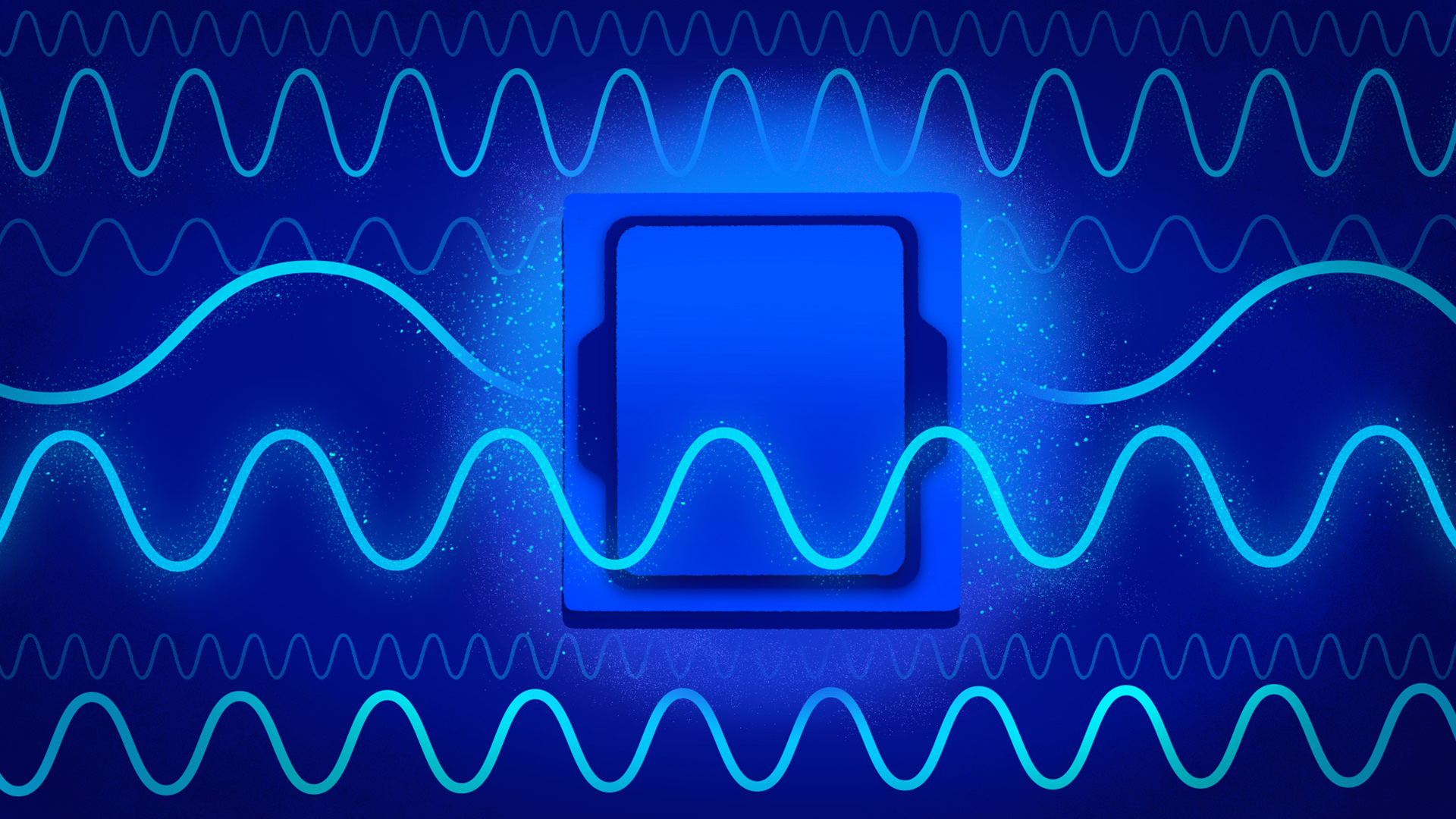INTRO:
The Nvidia T1000 8GB and RTX A2000 are two of the most popular GPUs on the market. Both GPUs are designed for high-end gaming and offer powerful performance. But which one is better? In this article, we will compare the two GPUs, looking at their key specifications, performance, features, pros and cons, and our final verdict.
Overview of Nvidia T1000 8GB and RTX A2000
The Nvidia T1000 8GB is a mid-range GPU with a Pascal architecture. It features 8GB of GDDR5 VRAM, a core clock speed of 1.3GHz, and a memory clock speed of 8GHz. It supports DirectX 12 and has a maximum power draw of 120W.
The RTX A2000 is a high-end GPU with an Ampere architecture. It features 8GB of GDDR6 VRAM, a core clock speed of 2.2GHz, and a memory clock speed of 14GHz. It supports DirectX 12 and has a maximum power draw of 200W.
Key Specifications
The Nvidia T1000 8GB has 8GB of GDDR5 VRAM, a core clock speed of 1.3GHz, and a memory clock speed of 8GHz. It supports DirectX 12 and has a maximum power draw of 120W.
The RTX A2000 has 8GB of GDDR6 VRAM, a core clock speed of 2.2GHz, and a memory clock speed of 14GHz. It supports DirectX 12 and has a maximum power draw of 200W.
Performance
The Nvidia T1000 8GB offers good performance for mid-range gaming. It can handle most modern games at medium-high settings, but may struggle with more graphically intensive titles.
The RTX A2000 offers excellent performance for high-end gaming. It can handle all modern games at maximum settings, and can even handle some virtual reality games.
Features
The Nvidia T1000 8GB features 8GB of GDDR5 VRAM, a core clock speed of 1.3GHz, and a memory clock speed of 8GHz. It supports DirectX 12, has a maximum power draw of 120W, and is compatible with SLI.
The RTX A2000 features 8GB of GDDR6 VRAM, a core clock speed of 2.2GHz, and a memory clock speed of 14GHz. It supports DirectX 12, has a maximum power draw of 200W, and is compatible with SLI and NVLink.
Pros and Cons
The Pros and Cons of the Nvidia T1000 8GB include:
Pros:
- Good performance for mid-range gaming
- Low power draw
- Compatible with SLI
Cons:
- Not suitable for high-end gaming
- Lower memory clock speed
The Pros and Cons of the RTX A2000 include:
Pros:
- Excellent performance for high-end gaming
- High memory clock speed
- Compatible with SLI and NVLink
Cons:
- Higher power draw
- More expensive
Final Verdict
The Nvidia T1000 8GB and RTX A2000 are both good GPUs, but each is better suited for different types of gaming. The Nvidia T1000 8GB is a good choice for mid-range gaming, as it offers good performance and a low power draw. The RTX A2000 is a better choice for high-end gaming, as it offers excellent performance and is compatible with SLI and NVLink. However, the RTX A2000 is more expensive and has a higher power draw. Ultimately, the decision between the two GPUs will come down to the type of gaming you plan on doing and your budget.
Pastilhas


![Read more about the article KiCad EDA Review 2023 [UPDATED]](https://www.smp-blogs.com/wp-content/uploads/2023/10/kicad-eda-300x169.png)
![Read more about the article LyX Document Processor Review 2023 [UPDATED]](https://www.smp-blogs.com/wp-content/uploads/2023/10/it-support-300x188.jpg)
![Read more about the article Weka Review 2023 [UPDATED]](https://www.smp-blogs.com/wp-content/uploads/2023/10/weka-2023-229x300.png)